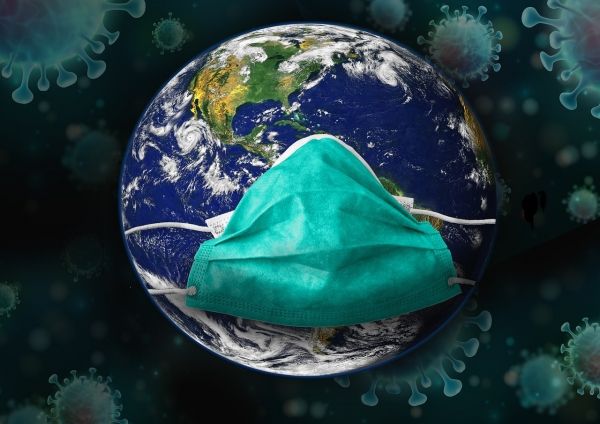A new study led by the U.S. Geological Survey outlines a means to better estimate COVID-19 occurrence and trends in populations.
Currently, COVID-19 testing is primarily limited to self-selected individuals, many of whom are symptomatic or have had contact with someone who is symptomatic. While these tests are useful for individual medical treatment and contact tracing, they do not provide health officials with a complete picture of the disease across the population.
"Coordinated sampling of COVID-19 is key to informing health officials as they continue their efforts to control the pandemic, permitting better predictions of disease dynamics and decisions that help limit transmission," said James Nichols, USGS scientist emeritus and lead author of the study. “The proposed sampling methods should also help officials determine the effectiveness of vaccines, social distancing, masks and other mitigation efforts.”
By bringing its unique expertise in the design of data-gathering and monitoring systems, statistical analysis and mathematical modeling to human epidemiology, the USGS provides a means to fill the current information gap in testing data. This can benefit national and local governments and health officials as they develop interventions in response to new disease variants, plan for augmented vaccination efforts and prepare for future outbreaks.
Read more at U.S. Geological Survey
Photo Credit: Alexandra_Koch via Pixabay


